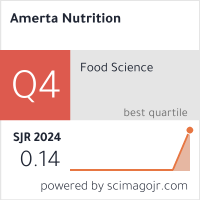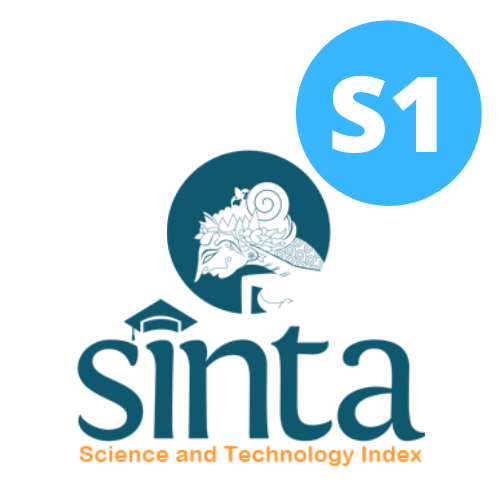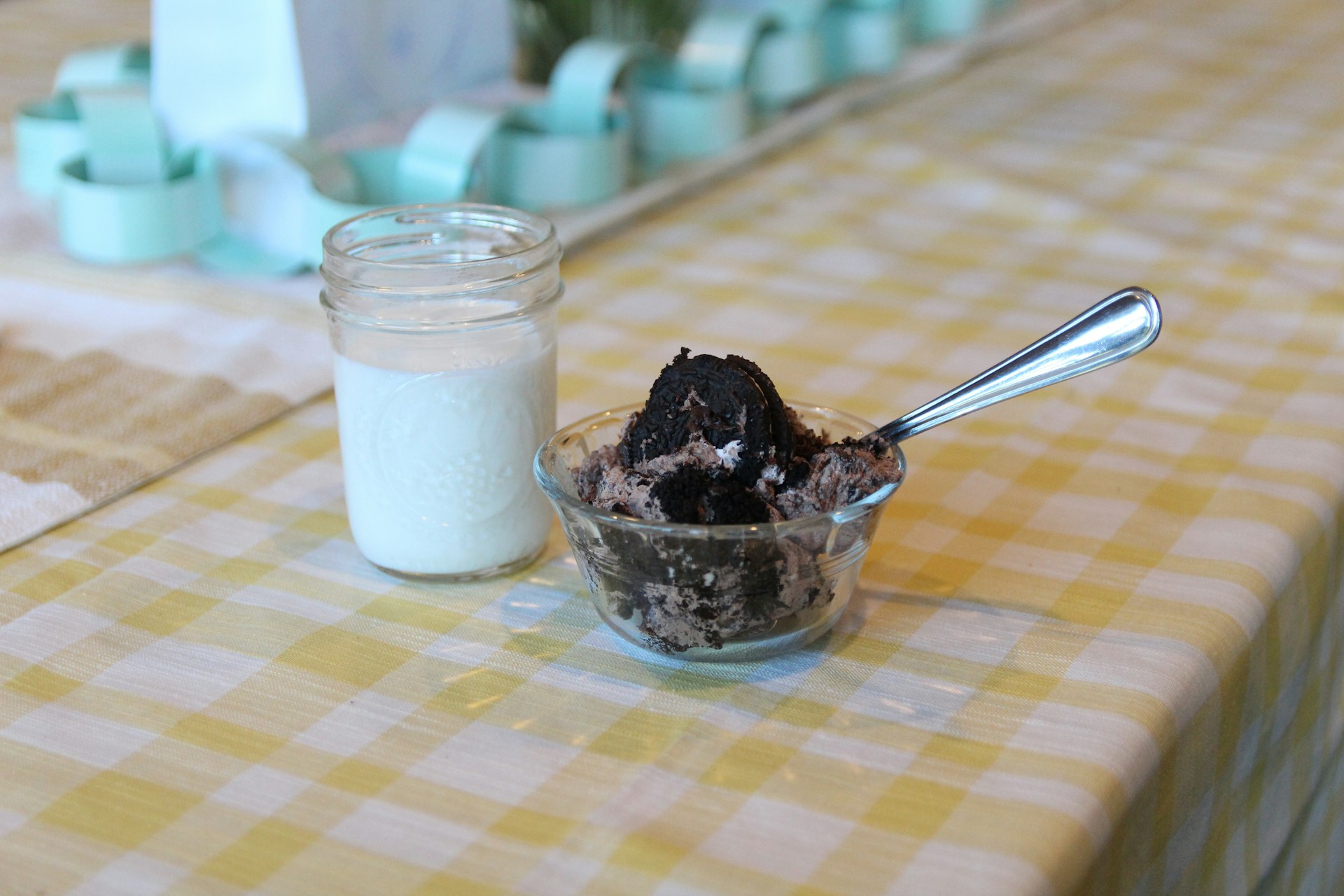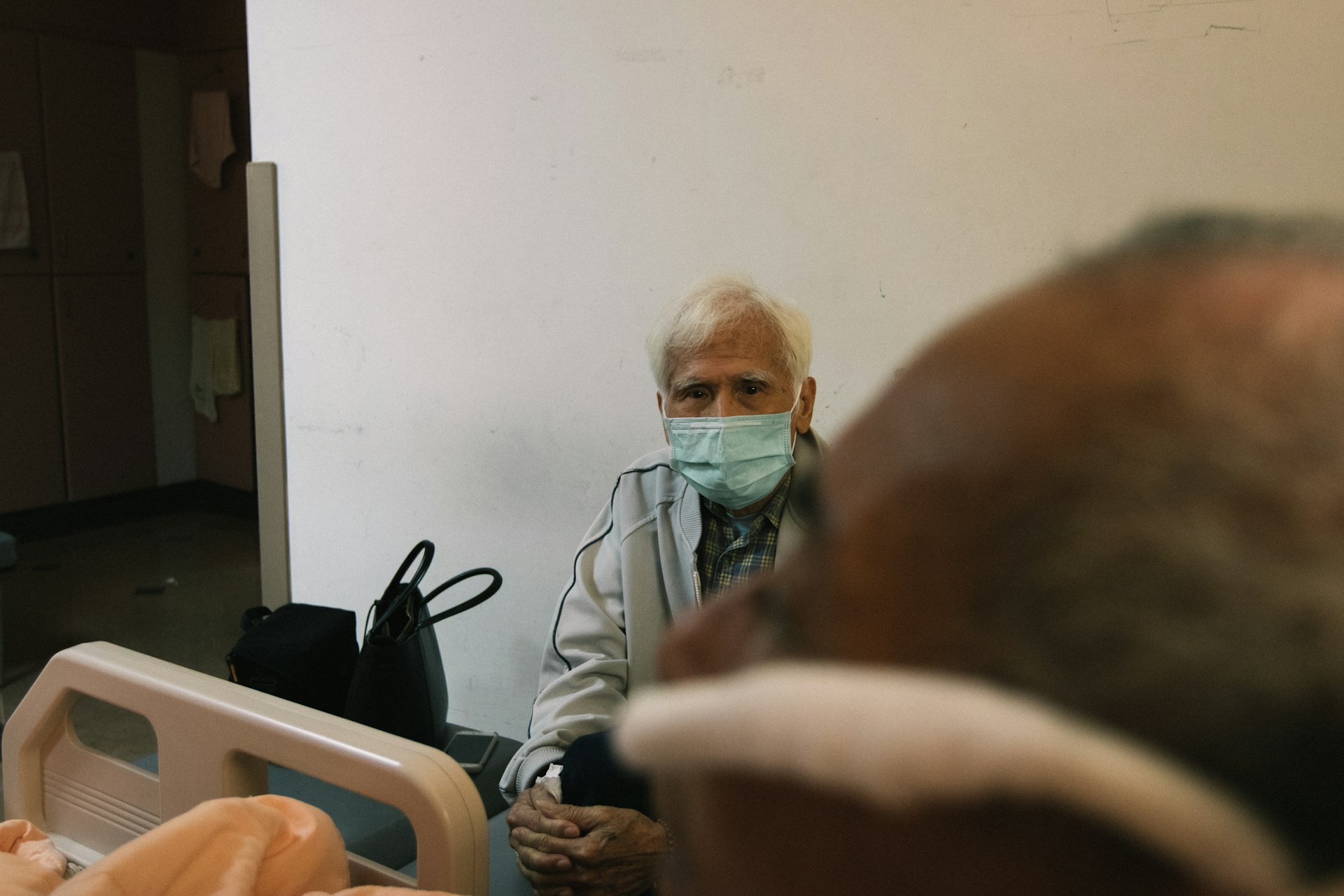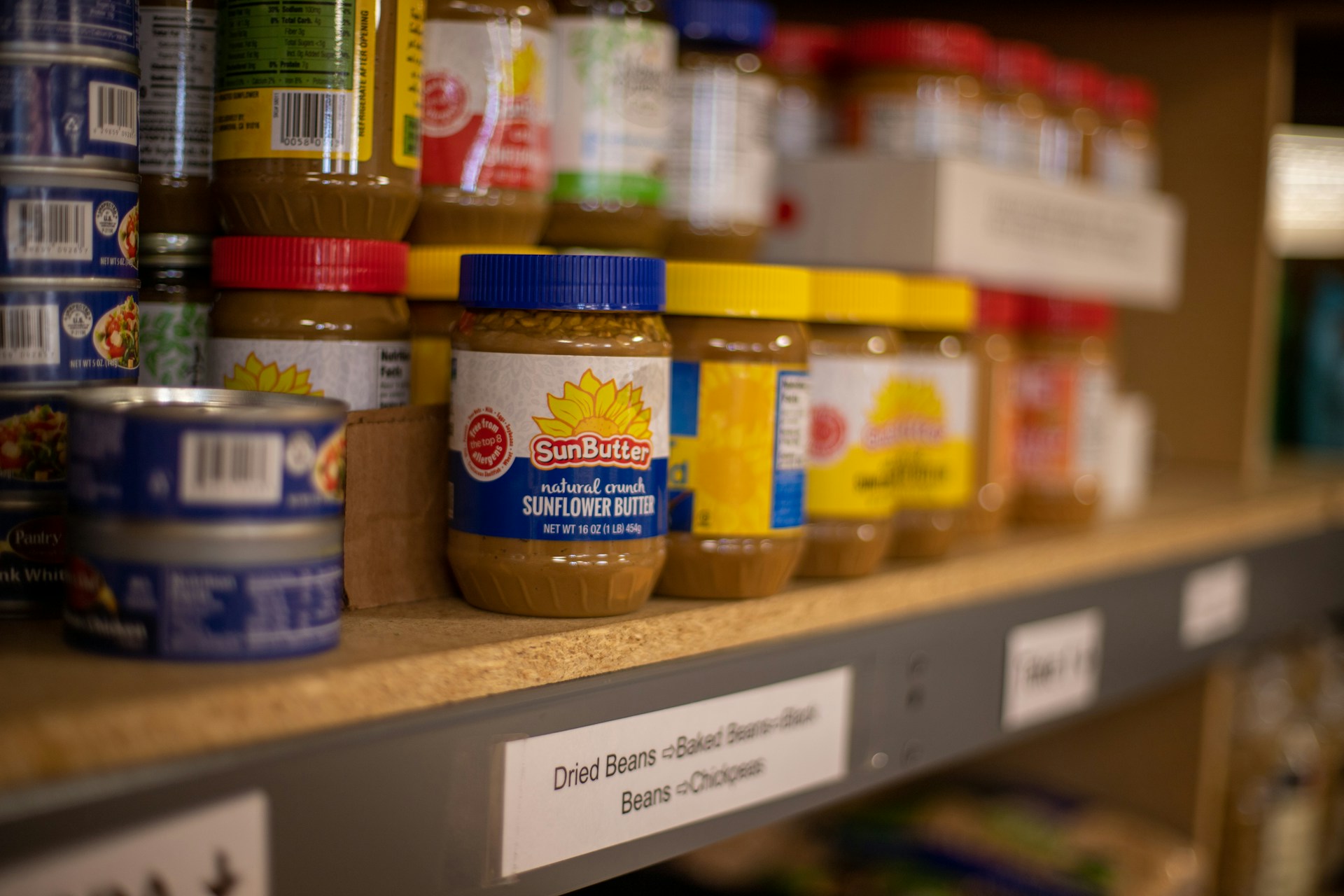Effect of Combination of Averrhoa Bilimbi Extract and Curcuma Longa Extract on Low Density Lipoprotein Levels in Rats Fed a High Fat Diet
Pengaruh Kombinasi Ekstrak Belimbing Wuluh (Averrhoa Bilimbi L.) dan Ekstrak Kunyit (Curcuma Longa L.) terhadap Kadar Low Density Lipoprotein
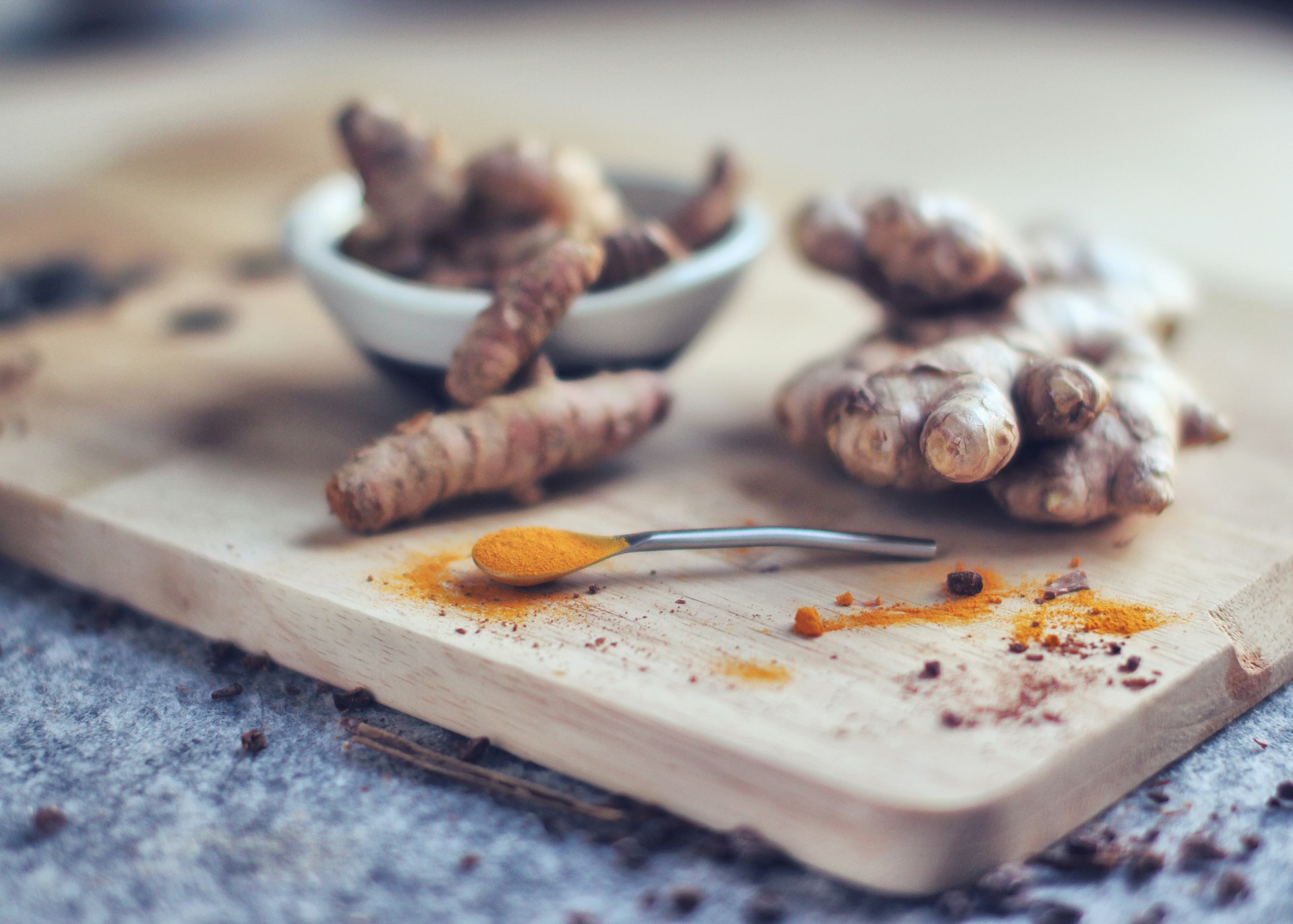
Downloads
Background: Hypercholesterolemia is a state of total blood cholesterol levels transported by LDL exceeding normal limits. As a result, it can clog blood vessels, and this condition is a risk factor for CHD. Alternative medicine includes flavonoids in Averrhoa bilimbi (belimbing wuluh) known to reduce cholesterol and LDL levels, and curcumin in turmeric known to reduce fat absorption and increase fat excretion.
Objectives: The aim of this study was to analyze the combined effect of bilimbi fruit and turmeric extracts on LDL levels.
Methods: This experimental research used post-test only with a control group design involving male Wistar rats divided into 6 (six) random groups. Group KN (standard feed, aquadest for 28 days), K- (high-fat feed for 14 days, followed by standard feed and aquadest), K+ (high-fat feed for 14 days, followed by standard feed, aquadest, and simvastatin 0.18mg/200 g BW/day), P1 (high-fat feed for 14 days, followed by standard feed, aquadest and extracts of bilimbi fruit and turmeric extract at a dose of 240: 270 mg/200 g BW/day), P2 (high-fat diet for 14 days, followed by standard feed, distilled water and bilimbi fruit and turmeric extract at a dose of 360: 175 mg/200 g BW/day), P3 (high-fat diet for 14 days, followed by standard feed, distilled water and extracts of bilimbi fruit and turmeric at a dose of 120: 405 mg/200 g BW/day). The determination of LDL levels was done through a direct method using a spectrophotometer with a wavelength of 550 nm.
Results: The mean LDL levels were KN (53.60 ± 10.69) mg/dL, K- (193.40 ± 16.86) mg/dL, K+ (100.20 ± 42.48) mg/dL, P1 (118.00 ± 64.71) mg/dL, P2 (104.00 ± 45.28) mg/dL, P3 (78.00 ± 4.69) mg/dL. The data received was analyzed using the Kruskal-Wallis test. Then, the results obtained differences in LDL levels between various groups (p<0.001). Subsequently, it was continued with the Mann-Whitney test on KN compared to K-, K+, P1, P2, P3 indicating p=0.009. As a result, it was found a significant difference in LDL levels between KN and K-, K+, P1, P2, and P3.
Conclusions: This research concludes that providing a mixture of bilimbi fruit extract and turmeric extract can reduce LDL levels.
INTRODUCTION
Hypercholesterolemia is a condition in which the level of total blood cholesterol transported by LDL exceeds normal limits, which can block blood vessels and is a risk factor for CHD1. The current treatment for hypercholesterolemia, namely statin drugs, has side effects including rhabdomyolysis, myopathy, gastrointestinal disorders, muscle pain, irritation of the gastric mucosa, impaired hepatic function, creation of gallstones, and kidney damage if used in the long term1;2;3. As an alternative treatment for patients with hypercholesterolemia with statin complications, flavonoids in Averrhoa bilimbi are needed to reduce cholesterol and LDL levels, and curcumin in turmeric to reduce fat absorption and increase fat excretion through feses4;5;1. The extracts of bilimbi fruit and turmeric have been proven to reduce the level of LDL in the blood. As a result, by combining these two natural ingredients, LDL in the blood is expected to be reduced more significantly than by using only one of the natural ingredients. LDL was chosen as a parameter of hypercholesterolemia condition because LDL functions to transport the most cholesterol in the blood and tends to stick to the walls of blood vessels. As a result, it can form cholesterol deposits and cause narrowing to blockage of the blood artery, increasing the risk of coronary heart disease6.
The prevalence of hypercholesterolemia is still relatively high, according to WHO data, which is 39% in the world and 29% in Southeast Asia7. It was recorded that 34.820 or 28.8% of the Indonesian population, suffered from hypercholesterolemia in 2018, and there were 1.5% of CHD patients caused by hypercholesterolemia9. Basic health research data in 2018 indicated that heart disease and stroke patients in Central Java were 1.6% and 11.8%, respectively10. This is in line with the statement that high cholesterol levels also cause heart disease, where the incidence of coronary heart disease (CHD) in Semarang City reached 53%11.
Pratiwi (2016) and Doja (2020) state that bilimbi fruit and turmeric can reduce cholesterol levels and LDL levels12;13. Research related to the effect of bilimbi fruit and turmeric extract mixture on LDL levels is still limited. Research on bilimbi fruit extract containing active substances flavonoids, pectins, saponins, and tannins at a dose of 480 mg/200 g BW/day proved to reduce total cholesterol levels in male Wistar rats13. Another research reveals turmeric extract containing the active substance curcumin at a dose of 2.7 g/kg body weight can reduce LDL levels by 59.55% in rats12. Based on the above background, further research should be carried out to recognize whether the effect of giving a mixture of bilimbi fruit and turmeric extracts to rats induced by high-fat food can reduce the level of Low-Density Lipo-protein (LDL) more significantly than giving one extract merely.
METHODS
This research was a laboratory experiment with a post-test only with a control group design. The sample in this research amounted to 30 male Wistar rats which were randomly divided into 6 (six) categories. Inclusion criteria in this research were male Wistar rats weighing 150-200 grams, aged 2-3 months, healthy, and active. Male rats were selected as research samples because aggressive behavior is relatively minimal. Moreover, they do not experience menstruation, which affects the speed of the adaptation period. Exclusion criteria in this research were dead rats after being induced with high-cholesterol food during treatment. Rats were adapted for 7 (seven) days. Then, randomization was held, and 6 (six) categories were obtained, namely KN (normal control), rats without treatment, only given standard feed in the form of pellets and aquadest for 28 days, K- (negative control), namely rats induced with high-cholesterol feed for 14 days followed by standard feed and aquadest without being treated, K+ (positive control) the same induction includes K-, followed by simvastatin 0.18 mg/200 g BW/day for 14 days, P1 (treatment 1) induction included the same as K- plus a mixture of bilimbi fruit extract at 240 mg/200 g BW/day and turmeric extract at 270 mg/200 g BW/day for 14 days, P2 (treatment 2) induction included K- plus a mixture of bilimbi fruit extract dosed at 360 mg/200 g BB/day and turmeric extract dosed at 135 mg/200 g BB/day for 14 days, P3 (treatment 3) induction included K- plus a mixture of bilimbi fruit extract dosed at 120 mg/200 g BB/day and turmeric extract dosed at 405 mg/200 g BB/day for 14 days.
Bilimbi fruit and turmeric extracts were obtained using a maceration method using 70% ethanol extractor. High-fat feed induction was conducted by adding 1.5% chicken egg yolk, 10% goat fat, and 1% coconut oil to the standard feed (pellets). The high-fat diet was given ad libitum for 14 days. All rats except KN were confirmed to be hypercholesterolemic before treatment by measuring their cholesterol levels after 14 days of high-fat feed using a cholesterol checker (GCU) and exceeded normal cholesterol values. Category K+ was treated with simvastatin 0.18 mg/200 g BW/day dissolved in water with 1% CMC suspending agent as much as 2 mL given orally. The P1, P2, and P3 categories were given a mixture of bilimbi fruit extract and turmeric extract dissolved in water with 1% CMC suspending agent as much as 2 mL given orally. After 7 (seven) days of the adaptation period, 14 days of the high-fat feed induction period, and 14
Sendy, A. M. dan Widodo, A. Pengaruh Ekstrak Daun Belimbing Wuluh (Averrhoa Blimbi L.)Terhadap Kadar Kolesterol LDL Serum Tikus Wistar (Rattus Norvegicus) Hiperkolesterolemia. Diponegoro Med. J. (Jurnal Kedokt. Diponegoro) 8 (2), 642–652 (2019).
Lawuningtyas, A. et al. Hubungan Tingkat Pengetahuan dan Ketepatan Penggunaan Obat Simvastatin Correlation between Hypercholesterolemic Patient ’ s Knowledge and Simvastatin Use in Malang Retail Pharmacies. Pharm. J. Indones. 5 (2), 91–96 (2020).
Perkeni. Panduan Pengelolaan Dislipidemia Di Indonesia 2021. (2021).
Marco Sentosa, Tyas Rini Saraswati, S. T. Kadar Low Density Lipoprotein ( LDL ) Kuning Telur Puyuh Jepang ( Coturnix coturnix japonica L .) setelah Pemberian Tepung Kunyit ( Curcuma Longa L .) pada Pakan Low Density Lipoprotein ( LDL ). Bul. Anat. dan Fisiol. 2 (1), (2017).
Fauziah, F., Uthia, R. dan Musdar, M. Pengaruh Ekstrak Etanol Daun Belimbing Wuluh ( Averrhoa Bilimbi L .) Terhadap Kadar Kolesterol Total Dan LDL Pada Mencit Putih Jantan Hiperkolesterolemia. J. Farm. Higea 10 (2), 116–125 (2018).
Fairudz, A. & Nisa, K. Pengaruh serat pangan terhadap kadar kolesterol penderita overweight. Med. J. Lampung Univ. 4, 121–126 (2015).
Putri, N. A. dan Sri Gumilar, M. Efek Hipolipidemik Alpukat (Persea Americana) Pada Hiperkolesterolemia: Literatur Review. J. Bahana Kesehat. Masy. (Bahana J. Public Heal. 3 (2), 108–114 (2019).
Riskesdas. Riset Kesehatan Dasar 2013. (2013).
Laporan Nasional Riskesdas. Laporan Nasional Riset Kesehatan Dasar 2018. REPOSITORI BADAN LITBANG KESEHATAN RI 198 (2018).
Laporan Nasional Riskesdas. Laporan_Nasional_RKD2018_FINAL.pdf. Badan Riset dan Pengembangan Kesehatan 198 (2018).
Rosyida, R., Yuniarti, Y., Mintarsih, S. N., Ambarwati, R. & Larasati, M. D. Efektifitas Pemberian Jus Jambu Biji Terhadap Kadar Kolesterol Total Pada Pralansia Overweight. J. Ris. Gizi 6, 31 (2018).
Pratiwi, H., Winarso, D. dan Handoyo, N. Effect of Turmeric Etanol Extract (Curcuma Longa L) on Low Density Lipoprotein Level and Liver Histopathology Image in Type 1 Diabetes Mellitus Rat Model Induced by Streptozotocin. J. Ilmu dan Teknol. Has. Ternak 11 (1), 1–7 (2016).
Doja, B. C. D., Rame, M. M. T. dan Rengga, M. P. E. Uji Aktivitas Antihiperkolesterolemia Ekstrak Metanol Buah Belimbing Wuluh (Averrhoa Bilimbi Linn.) Pada Tikus Putih (Rattus Norvegicus) Galur Wistar. CHMK Pharm. Sci. J. 3 (2), 3 (2020).
Nurbaiti, Satriansyah, M. F. dan Gustine, R. (4), pp. 263–269. Nurbaiti, Satriansyah, M. F. dan Gustine, R. 2017. Efektivitas Ekstrak Belimbing Wuluh ( Avorrhea Belimbi L. ) Terhadap Kadar Kolesterol Total, High-Density Lipoprotein ( HDL ), dan Low-Density Lipoprotein ( LDL ) pada Tikus Putih Hiperk. J. Kedokt. dan Kesehat. 3 (1), 28–38 (2017).
Othman, F. A. et al. Toxicity Evaluation of A. Bilimbi L. Fruit Extract on Haematological and Histopathological Analysis in Animal Model. Pharm J. 39–43 (2019).
Baratzadeh, F., Butler, A. dan Kesharwani, P. Effects Of Curcumin On Low-Density Lipoprotein Oxidation: From Experimental Studies To Clinical Practice. EXCLI J. 840–851 (2022) doi:https://doi.org/10.17179/excli2022-4878.
Copyright (c) 2024 Amerta Nutrition

This work is licensed under a Creative Commons Attribution-ShareAlike 4.0 International License.
AMERTA NUTR by Unair is licensed under a Creative Commons Attribution-ShareAlike 4.0 International License.
1. The journal allows the author to hold the copyright of the article without restrictions.
2. The journal allows the author(s) to retain publishing rights without restrictions
3. The legal formal aspect of journal publication accessibility refers to Creative Commons Attribution Share-Alike (CC BY-SA).
4. The Creative Commons Attribution Share-Alike (CC BY-SA) license allows re-distribution and re-use of a licensed work on the conditions that the creator is appropriately credited and that any derivative work is made available under "the same, similar or a compatible license”. Other than the conditions mentioned above, the editorial board is not responsible for copyright violation.






